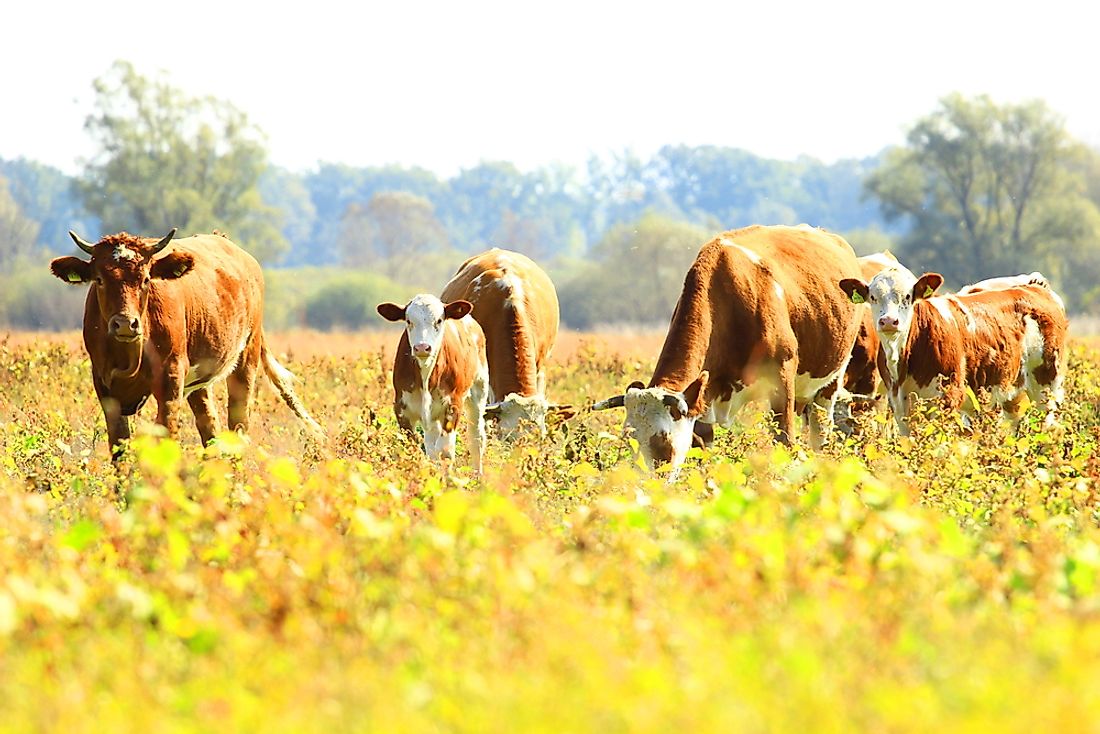What is Sustainable Agriculture?

Sustainable agriculture refers to the current generation’s ability to meet their food and textile needs without compromising the future generation’s ability to meet their own needs. It involves the production of food, fiber, and animal products that are not only environmental-friendly but also protective of the well-being of both humans and animals. Sustainable agriculture can only be a success when all stakeholders satisfactorily play their roles. These stakeholders include growers, distributors, consumers, waste managers, policymakers, researchers, and food processors among others. In the United States, the industrial agriculture introduced in the mid-1900s halted sustainable agriculture. It led to the use of synthetic fertilizers, genetically modified crops, and chemical pesticides that have been very harmful to the health of humans, animals, and the soil.
Benefits of Sustainable Agriculture
The first benefit of sustainable agriculture is environmental preservation. A healthy environment is made possible through the use of pasture-based animal husbandry, conservation tillages, crop rotation, and recycled animal and plant manure among others. Secondly, sustainable agriculture results in upholding animal welfare. Industrial agriculture often rears livestock by confining them to one place. On the contrary, animals need to be allowed to move freely, engage in instinctive behaviors such as mating, and feed on naturally grown pasture. Hence, sustainable agriculture promotes the well being of animals by taking away the stress and illnesses associated with confinement. Thirdly, sustainable agriculture protects the health of the public. Consumers feed on healthy and nutritious fruits, vegetables, and other food products. Lastly, regarding the society, sustainable agriculture provides fair wages and safe and appropriate working conditions for farmworkers.
Methods Used for Sustainable Agriculture
Examples of popular methods used in sustainable agriculture include crop rotation, the growth of cover crops, soil amendment, and soil steaming and solarization. Crop rotation refers to the planting of different crops on a piece of land. For instance, if beans were planted last year then during the current year, the farmer plants corn and the following year they may grow vegetables. Crop rotation helps in suppressing weeds, pathogens, and pests. Cover crops, on the other hand, enable the soil to stabilize and retain its nutrients. They also conserve the soil moisture. The sustainable agriculture method known as soil amendment encourages farmers to use locally available compost. Legumes are essential for nitrogen fixation into the soil. Soil steaming and solarization increase the health of the soil and kill pests and pathogens. Another method used in sustainable agriculture is the integration of both animals and crops within the same farm. It results in the availability of a perfect ecosystem for both planting of crops and rearing of animals.
Barriers to Sustainable Agriculture
The first barrier is the focus on financial profitability instead of the social and environmental integrity. Secondly, most people are not knowledgeable about the many benefits of sustainable agriculture. Partly, this is because some of the advantages such as the improved health of the soil are invisible. Thirdly, the society has become more prone to quick fixes rather than apply sustainable solutions to problems. The success of sustainable agriculture can only be seen after years of consistent application of proper farming methods. It does not take place overnight.
Criticism
The primary criticism of sustainable agriculture is that is only an incremental step towards food security but is not a permanent solution. The basis of this critique is that, currently, sustainable agriculture takes place in small scale.











